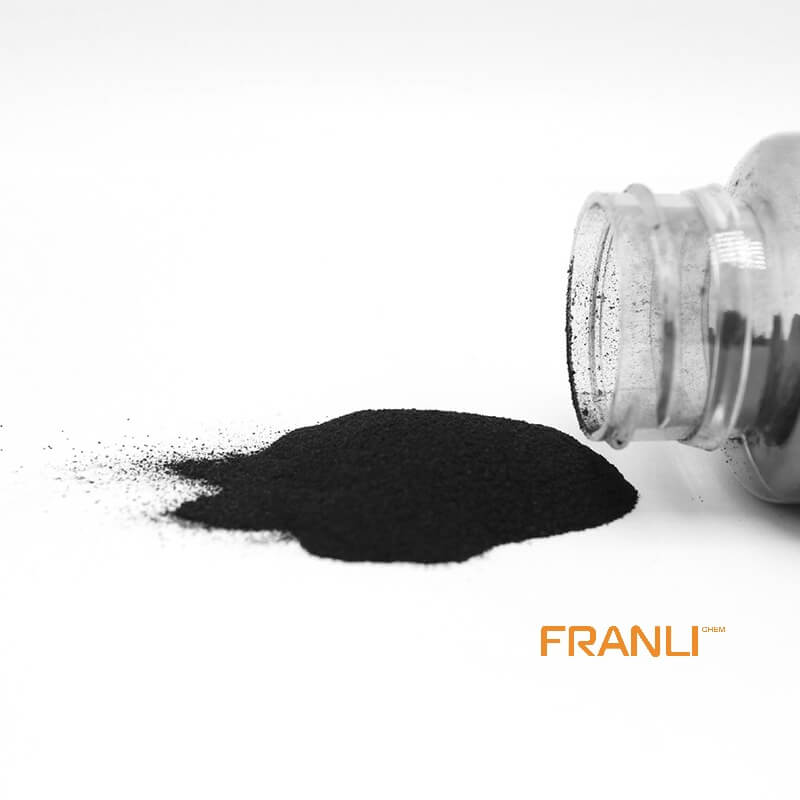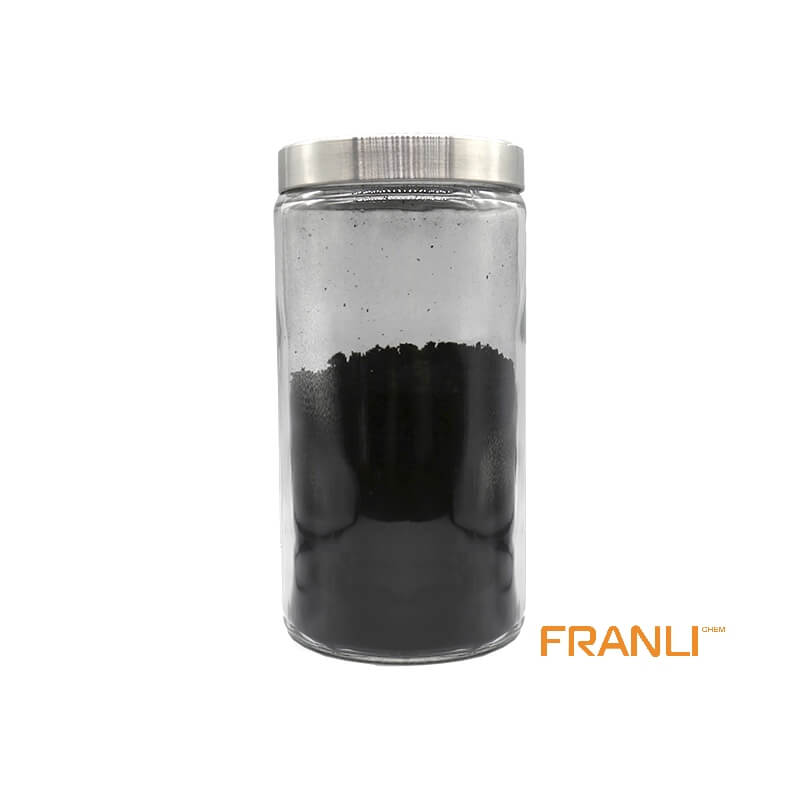

Graphene
Size
1-2nm thick x 0.5-5microns wide
Package
According to customer requirements
Features
High strength, high electrical conductivity, etc.
Application
Can be used as filler(between 0.01% and 5%).
Graphene, as the thinnest, toughest and best conductive nano material found at present. It is a two-dimensional crystal composed of carbon atoms stripped from graphite material with only one layer of atom thickness. Known as “black gold”, it is “the king of new materials”. Scientists even predicted that graphene “will completely change the 21st century”.
Request a quoteGraphene is a two-dimensional carbon nanomaterial with a hexagonal honeycomb lattice composed of carbon atoms with sp² hybrid orbitals. Graphene is not a naturally occurring material. Commonly used graphite is composed of graphite flakes that can be mechanically exfoliated. Due to the weak force between the graphite flakes, when the graphite is exfoliated to a single layer with a thickness of only one carbon atom, this layer of graphite flakes is graphene.

It has important application prospects in biomedicine and drug delivery. The research and application development of graphene continues to heat up, and materials related to graphite and graphene are widely used in battery electrode materials, semiconductor devices, transparent display screens, sensors, capacitors, transistors, etc. In view of the excellent properties of graphene materials and their potential application value, a series of important progress has been made in many disciplines such as chemistry, materials, physics, biology, environment, and energy.
Graphene has antibacterial properties
Experiments in the Franli factory laboratory found that graphene oxide is super effective at inhibiting the growth of E. coli without harming human cells. If graphene oxide is also antibacterial to other bacteria, it could find a range of new applications, like shoes that automatically remove odors, or packaging that preserves the freshness of food. This is closely related to our life.
Seawater Desalination Membrane
Current desalination methods are energy-intensive, costly, and have a negative impact on the environment. Researchers at the Franli plant are investigating the use of relatively inexpensive graphene oxide membranes for desalination. It is a permeable membrane that allows water molecules to pass through and salt ions to filter out without requiring high temperatures and pressures, making it a low-cost alternative to desalination.

Graphene as a solar cell
Franli’s lab has developed highly transparent graphene films by chemical vapor deposition on nickel plates in methane gas, in the form of carbon atoms that are first deposited to form graphene films. They then laid a thermoplastic protective layer on top of the graphene layer and dissolved the underlying nickel in an acid bath. In the final step, they attached the plastic-protected graphene to a very flexible polymer sheet, which could be incorporated into an organic solar cell (OPV cell, graphene photovoltaic cell). Graphene/polymer sheets have been produced, ranging in size from 150 cm2, and can be used to produce flexible organic solar cells (OPV cells). It may eventually be possible to run cheap solar cells that can cover a wide area, just like a newspaper printing press prints newspapers.
Graphene Supercapacitor
We all know that capacitors can store electrical energy. For example, the flash of a camera relies on it to provide energy. However, the electric energy stored by the unit mass of the capacitor is limited, and the battery is used at this time. Then the graphene capacitor can store more energy and can have more charge and discharge times. It is completely possible to provide energy without batteries.
Graphene Flexible Electronic Circuits
Using flexible electronic circuits made of graphene, computers can operate 50 times faster. Today’s computer chips, the most important material is silicon. Graphene, on the other hand, conducts electricity better than silicon, uses less electricity, generates less heat, can even eliminate cooling fans, and can be 50 times faster. There has also been a lot of information about graphene replacing silicon recently, from which Franli predicts that it is very likely that the first graphene processors will be born and put on the market within the next five years.
As a basic material, graphene can be organically combined with various other materials in various forms, and there will be infinite possibilities. There is still some work to be done before the material is widely adopted. Several production issues need to be resolved before more advanced sectors choose to implement it. One of the current challenges in mass production revolves around chemical vapor deposition. A certain research process is needed to realize conditions such as convenience and environmental protection in the future.



